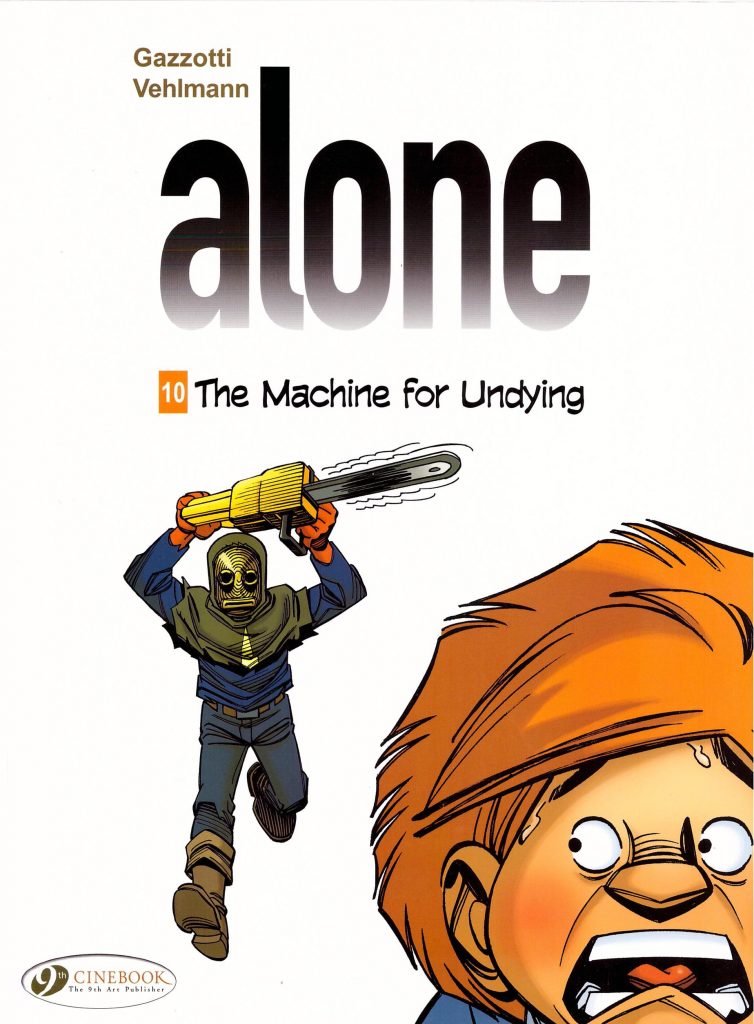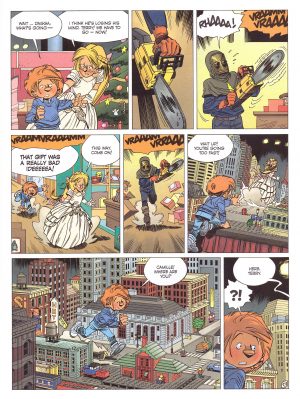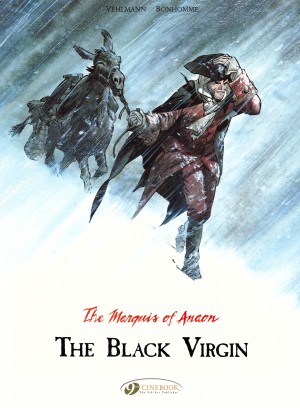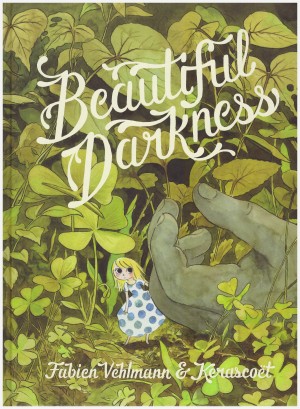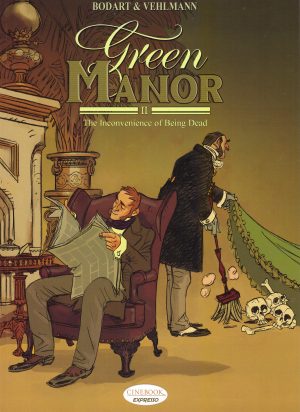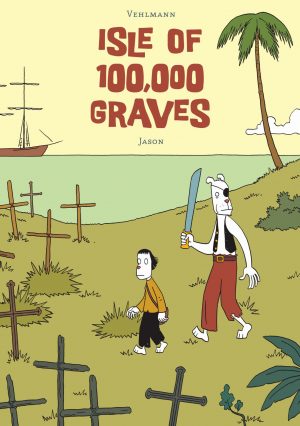Review by Karl Verhoven
For anyone who’s followed the story of the five children introduced in Alone’s first volume, the title’s exciting. These are basically nice kids who that sadist Fabien Vehlmann has subjected to all kinds of horrors, mental and physical, with the revelation that they’ve probably died and moved into the nightmare realm near the top of the list. Is he about to expand on the hope offered by the title? Well, no, but what Vehlmann does is possibly better.
In terms of the bigger picture The Machine For Undying is an interlude. It’s a complete story, but although it briefly looks in on Anton, Camille, Dodzi and Ivan, that’s via cameo pages, largely designed to add tension to Terry’s predicament, and as we saw in Before the Midnight Child, Leila’s likely to be out of action for a while. That leaves Terry from the original cast as the lead character in The Machine For Undying, and in fact the builder of the actual machine itself. “For power I collected all the batteries from the crying dolls and put them in the engine”, he explains, “then I drew the bestest control panel ever. D’you see all the dials and red buttons I put?” It’s wonderfully drawn from life, from the absolute faith a young child has in their ability to construct something, and the warmth and humanity is absolutely charming. At six Terry is the youngest of the original children, so he’s also the most vulnerable. That isn’t to say he’s not resourceful, and the way he reacts is not only sweet, it suggests Vehlmann is a fan of Home Alone. That’s because the warmth soon devolves into terror. Terry’s accompanied by the Master of Knives, or Dagga as he’s now known, and something he sees reverts his character back to previous dangerous levels.
As ever, Bruno Gazzotti’s art is stunning. Much of the episode is set at a toy fair, and good use is made of scale. A reason Alone is such an ideal creative synthesis is that Gazzotti shines at making us believe that what we’re seeing are children, even when they’re scarred, and at differentiating between children of different ages. As we’ve seen over nine previous graphic novels, he takes pretty well anything he’s asked to draw in his stride, but especially impressive here is how he slightly redesigns a familiar character to reflect an adjusted status.
However good Terry’s story is, there is a feeling of marking time, with the ongoing plots barely addressed. This is the first album where there’s been no progress at all, and it’s unsatisfying, the brief appearances of other characters acting more as teasers. With greater gaps now between the albums, it’s not unreasonable to have expected a little more consideration from Vehlmann. What might be considered the main cast remain scattered and separated, and it remains for The Nailers in the Night to pick up the pieces.
